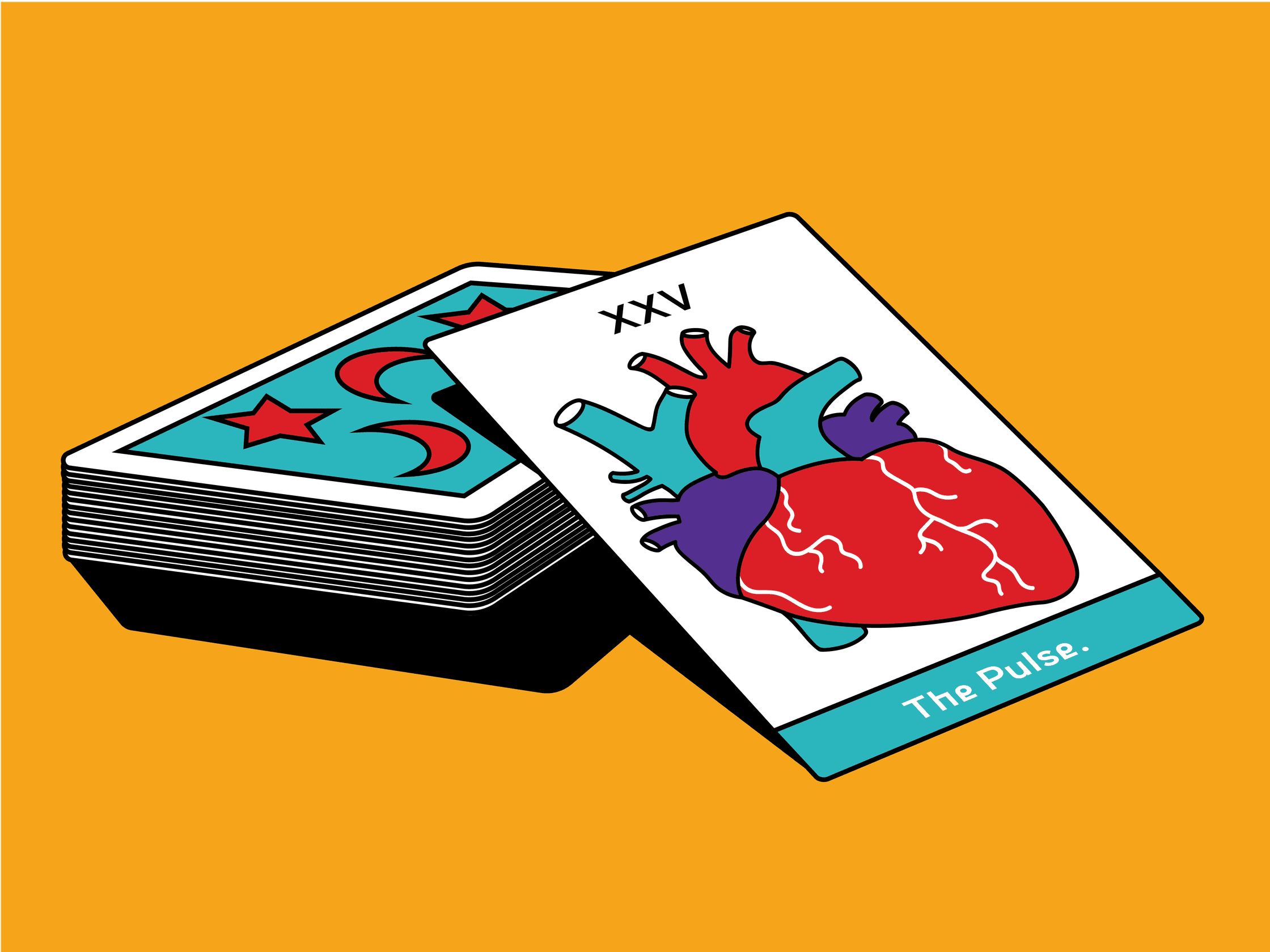Kuang-Yi Ku is a Taiwanese practising dentist, bio-artist, social designer and co-founder of TW BioArt. In 2018, he is working as artist in residence at Waag. His work often deals with the themes of the human body, sexuality, medical technology and human-animal interaction. We spoke to him about the project he’s currently working on, in which he explores the human body as sensor. Visit his event at Waag next October 4th.
How did you become active as bio-artist?
While working as a researcher and a dentist, I experienced limitations of contemporary science as it doesn’t always allow creative exploration. I wanted to find another way to deal with science. As an artist, you have a cultural and creative approach that can possibly redefine what medicine means. One recurring concept in my work is the hybridisation between Western medicine and Traditional Chinese medicine. The interesting thing is that while both practices are described by the same word ‘medicine’, they work in completely different ways. While Western medicine is more focused on data and objectivity, ancient Chinese medicine is interwoven with ancient cultural values.
How do these cultural values influence the medical practice?
Growing up in Taiwan, I was already living within the context of Traditional Chinese medicine. Practices in Traditional Chinese Medicine are very closely linked to food culture and for example lunch and dinner are often prepared with different elements based on these traditions. Different ingredients are said to have different healing properties. The boundary between food and medicine can be quite ambiguous. Due to the long history of Traditional Chinese Medicine, it has become completely interwoven with cultural practices.
How do you combine science and art in your work?
In "The Fellatio Modification Project" I used biological techniques of dentistry in a more experimental context. Via bodily transformations this project aims to increase sexual pleasure. The function of the mouth for sex is left undiscussed in dental medicine while constantly practiced. During workshops in which I taught people to design these wearable toys scientist from british dental journal showed interest and ended up publishing an scientific article. With other students from dental science I explored the role these wearable toys can play in preventing transmission of sexual diseases. These were unexpected perspectives that can lead to new scientific research as a result of my creative and explorative projects.
Can you give an example of the different way of measuring the body you are exploring?
In the project I’m currently working on I’m looking at measuring the heart’s pulse. In Western medicine, a digital device called a sphygmomanometer is usually used to record the pulse rate, and this is visualised in a typical heart rate curve. In Traditional Chinese medicine however, pulse rate is measured by hand and visualised by the doctor’s drawings or descriptions. I’m working on a system that combines both ways of measuring.
What do you aim to achieve combining different medical and cultural practices?
I think when combining different practices we can see the different things these practices can provide for our bodies and then provide the best solution. In addition, I think it can be a way to preserve the traditions of Traditional Chinese medicine. Many people from younger generations don’t believe in Chinese medicine anymore, due to for example environmental concerns. By designing new traditions that contain values of the old traditions, I aim to contribute to the preservation of the tradition through my work. Biology, technology and art can play an important role in this.
